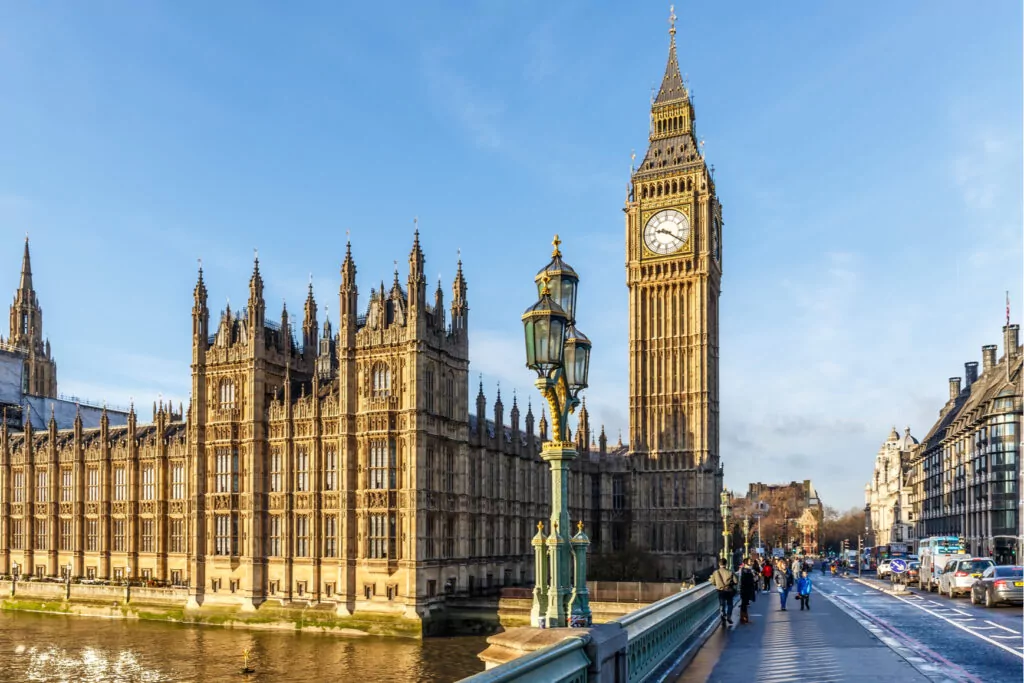
Development Plans under the Levelling Up and Regeneration Act 2023

By Sophie Jacobs, Lauren Donnison, Jake Christophersen
4 Dec 2023 | 4 minute read
The Levelling Up and Regeneration Act 2023 (LURA) proposes to streamline the planning process and, in doing so, amends certain provisions of the Planning and Compulsory Purchase Act 2004 (PCPA) in relation to development plans. The key changes to the PCPA are considered below.
How does the LURA define development plans?
Section 98 of the LURA inserts a new section 2A at section 38 of the PCPA, which sets out what is meant by a development plan for any area in England, which includes the following documents, insofar as they have effect in relation to that area:
- Spatial development strategies operative
- Local plans
- Minerals and waste plans
- Supplementary plans
- Neighbourhood development plans
- Policy maps
Note that this amendment to the PCPA applies to England only.
National development management policies – what are they?
Section 94 LURA, inserted at 38ZA of the PCPA, introduces national development management policies (NDMPs) to the planning policy system. NDMPs cover specific topics which are of national importance in relation to development or use of land in England. The Secretary of State (SoS) is responsible for preparing and modifying the NDMP, following appropriate consultation with participation from the public and any bodies, except where the modifications do not materially affect existing policy, or if the SoS needs to act urgently. The SoS is required to have regard to climate change mitigation and adaption when exercising these powers.
Additional new sections will require local planning authorities (LPAs) to have regard to development plans as well as NDMPs when making planning decisions. When making such decisions, LPAs will only be entitled to stray from the development plans or NDMPs if "material considerations strongly indicate otherwise." The use of 'strongly' suggests that the threshold for this will be high.
Particularly pertinent is the fact that if a conflict arises between the development plan and the NDMP, the NDMP will take precedence for the purpose of an LPA making a planning decision. It should be noted that NDMPs will apply in England, whereas in Wales, LPAs will solely base any planning decisions on the relevant development plans.
How will the Greater London area be affected?
Section 95 LURA amends section 334 of the Greater London Authority Act 1999 (GLAA) impacting provisions regarding spatial development strategy (SDS). The new section 2A requires an SDS to include a statement of the Mayor's policies in relation to the development and use of land in Greater London, which are of strategic importance and designed to achieve objectives relating to the Greater London area. The SoS will have the power to make regulations to prescribe additional matters to be dealt with by SDS.
The new section 2B provides that an SDS can specify or describe infrastructure that the Mayor considers to be of strategic importance to Greater London for the purposes of either supporting/facilitating development, mitigating/adapting to climate change or promoting/improving the economic, social, or environmental wellbeing of the area. In addition, the SDS can specify or describe affordable housing which the Mayor may consider to be of strategic importance to Greater London (section 2C).
A matter is of strategic importance to the Greater London area if it affects more than one London borough. It does not need to be strategically important to the whole of the Greater London area.
Importantly when taking into account the government's environmental commitments, the LURA will insert additional sections under section 334 of the GLAA which will require an SDS to be designed to secure that the use and development of land in Greater London contribute to the mitigation and adaptation to climate change.
A final section is inserted, providing that an SDS should not contain anything other than the contents listed in 334 GLAA, 2A to 2D, nor should they specify particular sites where development should take place. An SDS should not be inconsistent with or duplicate contents in NDMPs.
How will the development plans be monitored?
LURA provides the SoS with powers to prescribe certain information, and the form that this information takes, which each LPA must make available to the public and/or provide to the SoS. This includes information relating to:
- The implementation of local plan timetables
- The implementation of policies in the local plan and any supplementary plans
- The implementation of any policies which relate to the local authority's area, in any spatial development strategy that is operative in relation to their area.
- The extent to which specified environmental outcomes are being delivered in relation to the authority's area.
Each LPA must also ensure that a map, known as a "policies" map, is prepared and kept up to date, which illustrates the geographical application of the development plan for the authority's area. The map must be in such form, and have such content, as may be prescribed. It must also be revised as prescribed and must be available to the public.
Comment
These reforms intend to delineate national and local issues: NDMPs sit above local plans in the hierarchy of planning policy, to strengthen adherence by LPAs to the government's national development policy on specific issues. The idea is that, by centralising the approach to certain nation-wide planning issues, LPAs will be more efficient and able to focus resource and attention on local issues.
It is yet to be seen, however, whether adding NDMPs to the mix will clarify or complicate the planning decision-making process.















